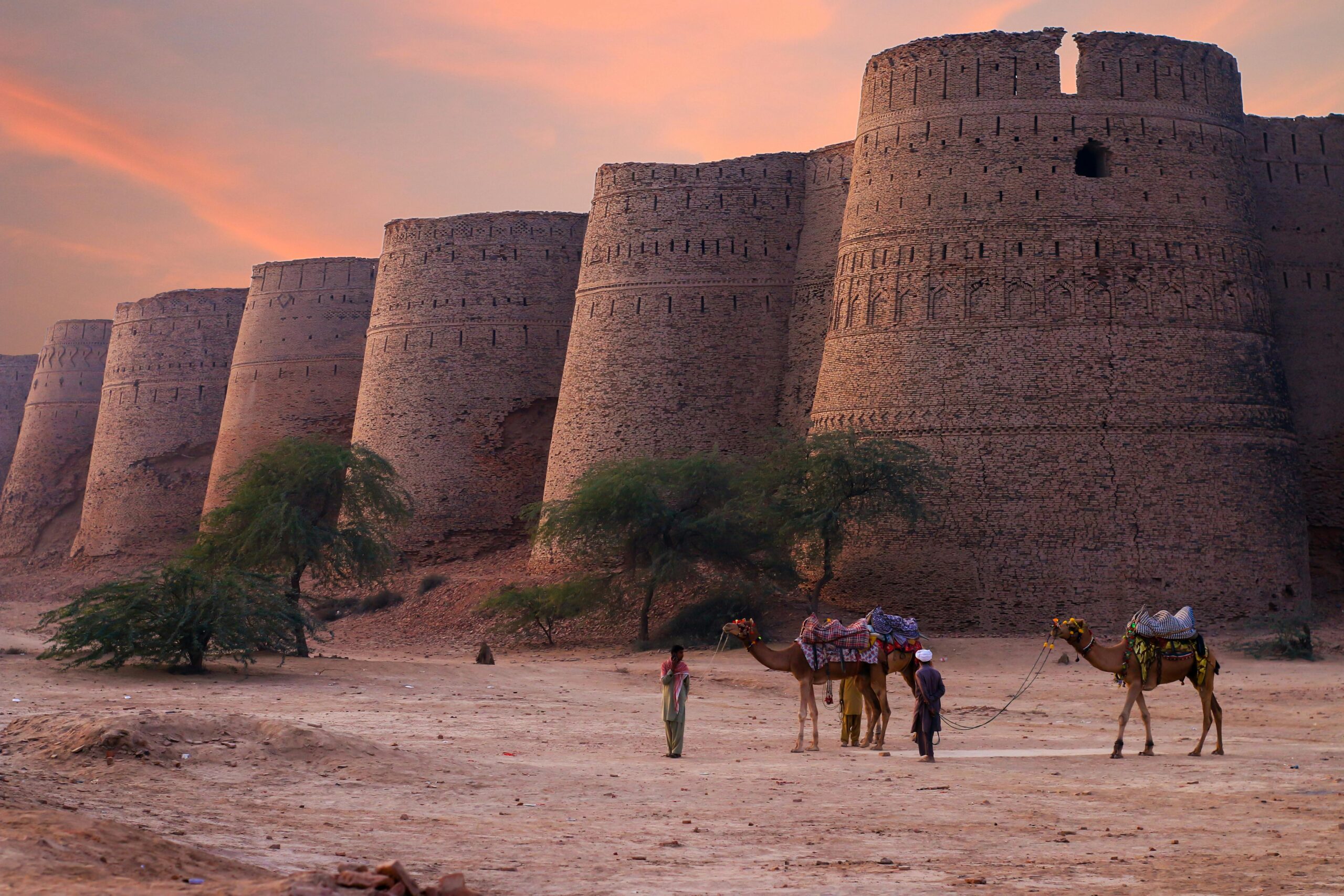
So, your next travel destination is a hot, vast, and unending dazzling desert?
Whether you are going to hike a mountain or want to take a safari ride in Masai Mara, there is a list of things that you should have with you.
Today, in this blog, let’s discuss what essentials that you need to bring with you to a warm, frightening desert.
Top Essentials you need When traveling to the Desert
First time in the dessert? Here is what to keep with you.
- Clothes:

The most important thing that you should consider is your clothes. Here are some etiquettes that you have to follow.
1. Give priority to wearing loose-fitting, light clothing that protects you from the sun’s harmful rays.
2. Wear long sleeves and long trousers to protect your skin from sunlight and any plant abrasions.
3. Carry a hat with a wide brim to protect your neck and face from the sun.
4. Carry sunglasses that filter UV rays to shield your eyes from the scorching desert heat.
5. Carry a bandana or scarf to protect your face from sand and dust, particularly in windy situations.
6. Select robust, closed-toe hiking boots or shoes appropriate for hiking over rough terrain.
- Equipment:

Carry this equipment with you as they are necessary.
- Make sure you have a sturdy backpack big enough to hold everything you need to carry comfortably.
- If you want to spend the night or take respite from the sun, think about packing a tent or canopy.
- In order to ensure warmth and comfort when you sleep, don’t forget to bring a sleeping mat and a sleeping bag.
- A flashlight and a headlamp with extra batteries are necessary equipment for nighttime vision.
- To traverse the wide and sometimes featureless terrain of the desert, carry a map and a compass, with a GPS device.
- Think about bringing a multi-tool or knife for any unforeseen jobs that may come up while traveling.
- Keep a fully stocked first aid kit on hand to quickly tend to minor wounds or illnesses.
- Food and Water:
Bring more water than food! You should run out of food but not water.

- Bring heat-resistant, high-energy foods to keep you going on lengthy hikes, such as granola bars, almonds, and dried fruit.
- To keep hydrated in the dry climate, make sure you bring more water than you think you’ll need.
- If you’re sweating a lot, think about packing electrolyte-replenishing beverages or pills to keep your electrolyte balance in check.
- To avoid sunburn and chapped lips, remember to apply lip balm with sun protection and sunscreen with a high SPF.
- In case of unforeseen weather changes, always have a temporary shelter on hand, such as a tarp or a lightweight tent.
- In an emergency, carry a whistle to alert for assistance.
- Navigation and Communication:
It is a must for you to carry a trustworthy navigational device, such as a GPS, with you, as it will help you to stay on track.

- Make sure you have trustworthy navigational aids with you, such as a specialized GPS device, paper maps, or a smartphone with offline mapping capabilities.
- To reduce the chance of getting lost, familiarize yourself with the landscape and your intended route before you go.
- Bring a camera or binoculars to record the amazing desert vistas and wildlife sightings.
- Keep enough cash on you and proof of identity, such as a passport or driver’s license, in case of emergencies or unforeseen costs.
- To preserve the desert ecosystem for future visitors, don’t forget to bring bags for gathering and disposing of any trash you may produce while traveling.
- For emergency communication, carry a personal locator beacon (PLB) or satellite messenger.
- If you are going somewhere where there are poisonous snakes, think about bringing a snakebite kit.
- Carry a portable water filtration device in case you need to purify water quickly.
- Bring fuel and a lightweight, portable stove so you can boil water or prepare hot meals.
- Add a repair kit for gear like clothes, backpacks, and tents.
- Keep a little, waterproof container with you to store critical papers and electronics.
- Safety precautions:

Follow these safety measures if you want to have a smooth trip.
- Put safety first and follow all rules and regulations when traveling in the desert.
- Never leave your travel arrangements unreliable, including the route you want to take, how long you anticipate being gone, and emergency contacts.
- Always have a personal locator beacon (PLB) or satellite messenger on you in case you need to communicate with rescue personnel or get emergency help quickly.
- Make sure your first aid box is always filled and readily available, and get familiar with basic first aid practices.
- Even if you don’t feel thirsty, make sure to check your water consumption to avoid dehydration and stay hydrated by drinking water on a regular basis.
- Wearing suitable clothes, using sunscreen often, and finding shade during the warmest portions of the day are all ways to protect oneself from the sun’s damaging rays.
- Remain mindful of your surroundings and any dangers, including animals, rough terrain, and severe weather.
- When you come across animals, use caution, respect their natural environment, and keep a safe distance to prevent conflicts.
- By appropriately disposing of garbage, reducing your environmental effect, and showing respect for the local flora and wildlife, you may practice the Leave No Trace philosophy.
- Reduce the likelihood of getting lost or coming across hazardous terrain by sticking to recognized paths and avoiding exploring uncharted territory.
- Arrange your schedule of activities and relaxation periods to prevent fatigue and save energy, particularly during hot weather.
- Keep an eye on the weather prediction and be ready for unforeseen events like wind, sandstorms, and extremely high or low temperatures.
- Bring enough food, water, and emergency supplies with you so that you may survive in the event of unplanned delays or crises.
- Maintain regular communication and stay in touch with your traveling partners to make sure everyone is safe and healthy.
- Be guided by your intuition and refrain from pushing yourself too far, especially in isolated or strange places, or taking needless chances.
Conclusion
Traveling through the desert can be a dream for many or may be a frightful experience. With many people being curious for a unique sense of solitude, and some just being there to feel nature.
But this journey requires a lot of strength and preparation. A person will have to navigate purposefully, stay hydrated, and protect themselves from the hot sun. You will surely enjoy your journey if you stick to the rules above.
So, what are you fearing? Book your desert journey now and don’t forget these life lessons.

